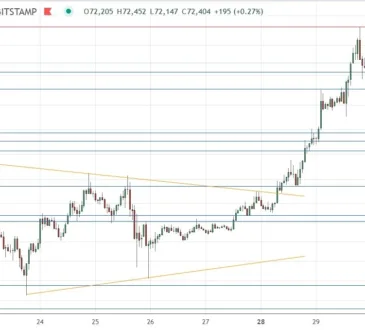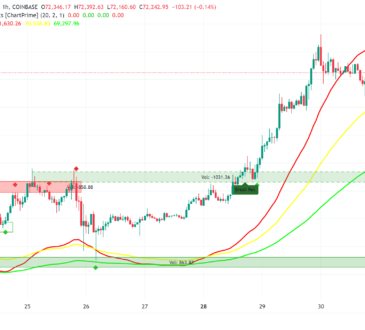The USD/JPY rose 0.2% to 156.45 following a 1.3% fall, seen as the most substantial since last week’s Japanese market adjustment. Meanwhile, the EUR/USD saw minor fluctuations, closing at 1.1845; a slight increase from 1.1817 due to anticipation regarding the Eurozone’s recovery. The GBP/USD also displayed resilience, with a 0.5% increase to 1.3567 amid political instability and Brexit concerns.
The AUD/USD, on the other hand, dropped by 0.3%, settling at 0.7328 due to the Reserve Bank of Australia’s decision to maintain its current monetary policy. The USD/CAD experienced a slight 0.1% surge, reaching 1.2650, buoyed by rising oil prices and Canada’s positive economic outlook.
The recent market slump was deemed significant but did not display typical characteristics of a Japanese market adjustment. Critics argue that changes in the economic landscape or investor perception are uncertain. Seasoned investors maintained stability despite the adversities, attributing their resilience to past market turbulence.
Future trends are seen as opportunities for potential rebounds or further slumps, depending on upcoming economic indicators. The market’s downward trajectory might pave the way for reforms fostering unexpected growth. Investors and economists continue to monitor these patterns, interpreting them for potential global economic implications.
In an unpredictable environment, savvy investors can find opportunities in potential market rebounds or brace for future decreases. Despite the USD/JPY plunging below its main yearly trendline support, the bullish outlook is not being maintained by investors. Various contributing factors, global economic indicators, and investor sentiment are attributed to the downward shift.
Trade disputes and policy decisions from global financial institutions affect the direction of currency pairs.
Analyzing key trends in global forex markets
Inflation rates, GDP growth, and interest rates significantly contribute to the shaping of forex market fluctuations. Thus, tracking these indices for potential correlation with the USD/JPY trend is crucial for investors.
Wall Street shifts are also seen, with Dow leading while tech stocks drop significantly. These fluctuations could indicate potential profit expansion or reactions to recent political events. Investors are aware of the recent unstable performance of tech stocks, emphasizing the need for detailed investment strategy and risk assessment.
Experts encourage avoiding hasty decisions based on market fluctuations. Instead, making educated decisions backed by financial advice and thorough market research could significantly reduce risk.
Lastly, the USD/JPY remains under significant pressure. Should it break above a significant trendline, sellers could have a distinct advantage. Their focus will inevitably shift towards the 100-day moving average, currently around the 155.10 mark. Hence, careful monitoring of trends and strategic investment remain essential in the volatile forex trading world.
The USD/JPY currency pair is a fascinating watch. It challenges buyers and sellers, adding another layer of intrigue to an already complex market. Hence, investors must remain vigilant and ready to adjust their strategies to respond to potential changes accurately.
Finally, the prior low didn’t match projected figures, but market analysts notice that the tendency to buy when prices drop is still susceptible to further falls. Trade volatility remains high, indicating a hesitant market as the tug of war between buying at dips and fear of further price decline continues to influence investment strategies.





